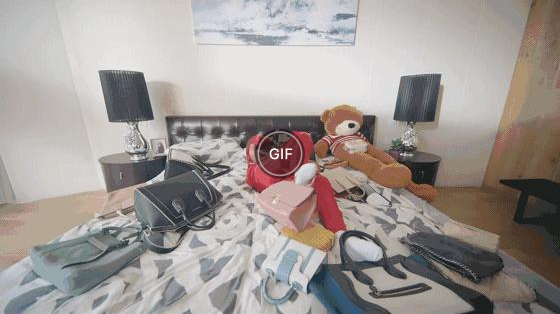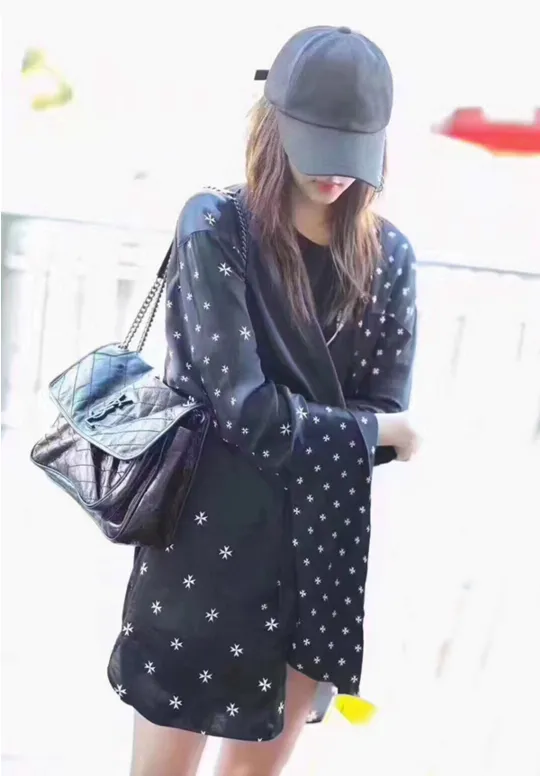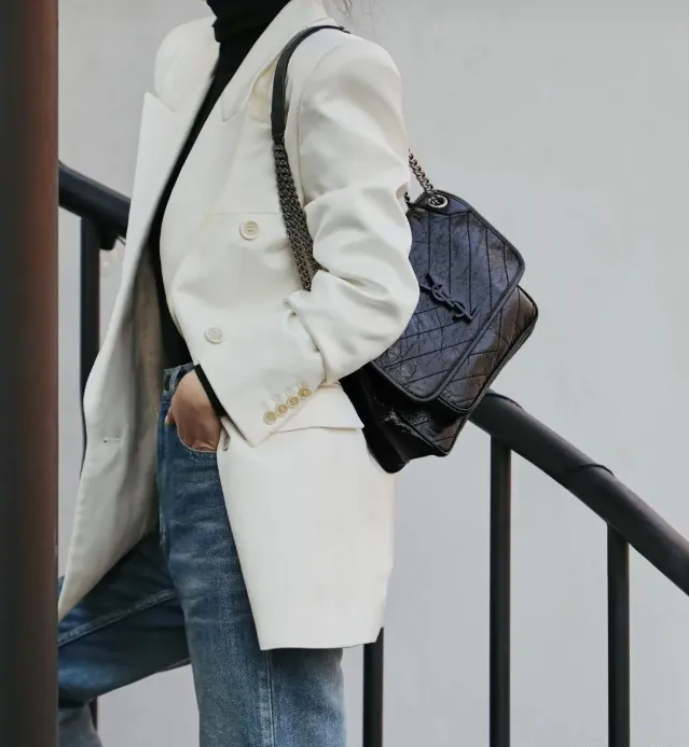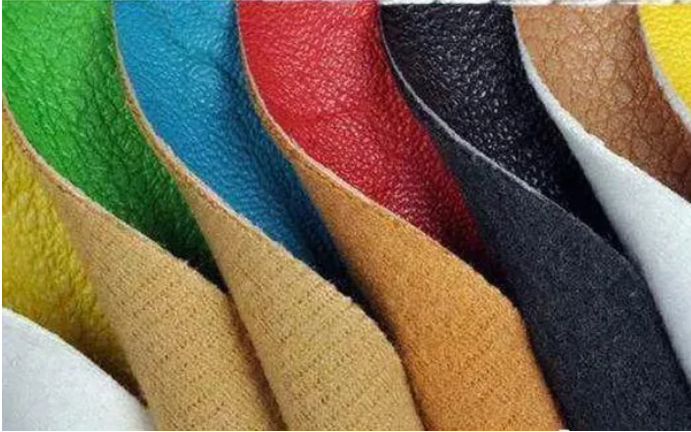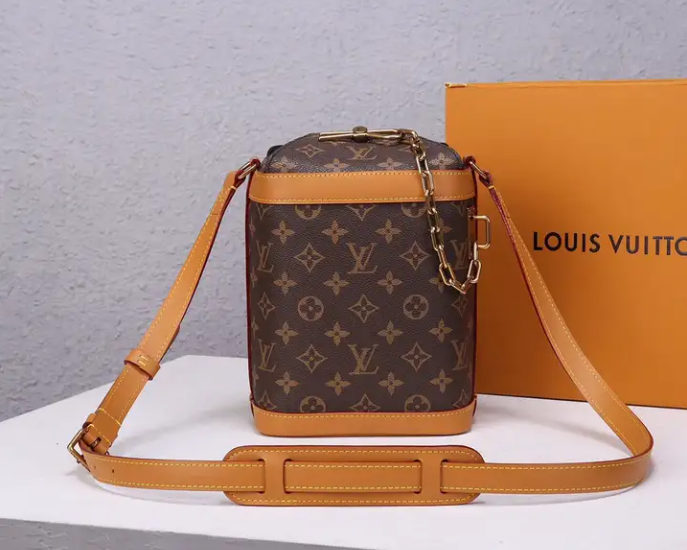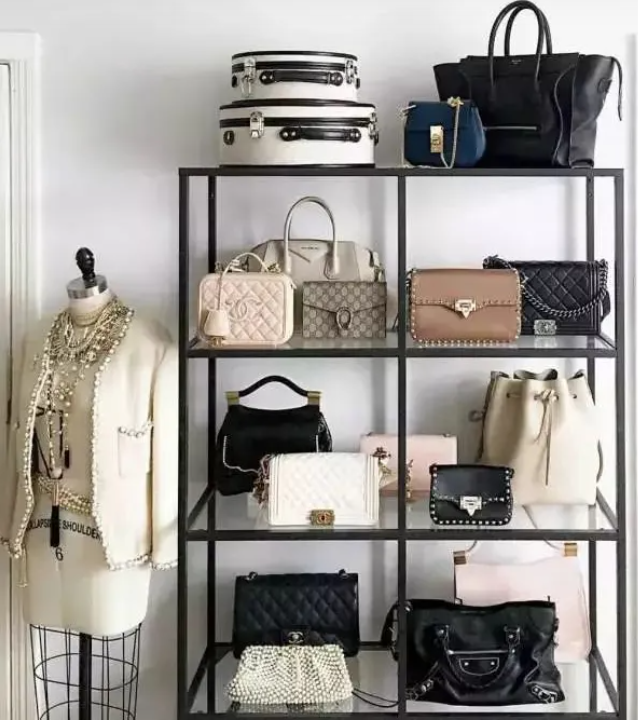No longer exclusive to LV, belongs to the public | there are two LV luxury logos we are familiar wit
Share today ~
The German Court of Justice of the European Union has ruled against two of Louis Vuitton's iconic trademarks: brown and beige checkerboard and black and grey checkerboard. The expiration of the trademark patent means that the Louis Vuitton pattern, which once stood for "luxury", will be widely used on a variety of cheap goods. It may also be widely used by competitors and even copycat manufacturers, ultimately causing a brand image crisis
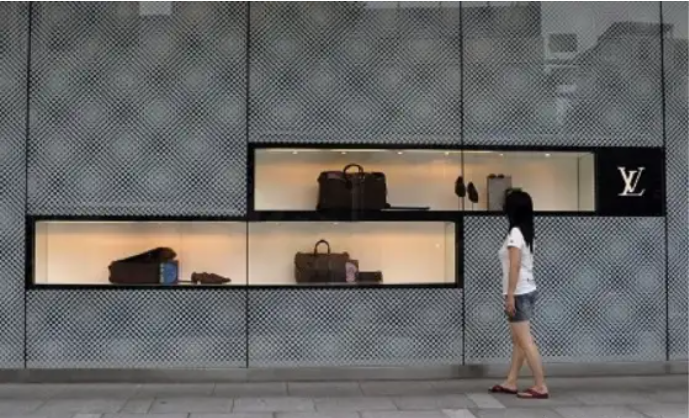
All because of "monopoly".
LV's diamond lattice is not a special design, the combination of brown and beige, black and gray, should be a common color matching method in the mainstream aesthetic system. Therefore, many brands will intentionally or unintentionally design a "coincidence" plaid pattern with LV, but before this year's May Day, as long as the LV pattern it must be a violation of the law, because LV in 1998 for the brown and beige plaid pattern applied for a patent, and then in 2008 for the same pattern of black and gray plaid applied for a patent.
For a long time, LV has used legal means to maintain its "monopoly" on the diamond lattice, but it was eventually pushed down from the altar by legal means.
In April, the German Court of Justice of the European Union ruled against two of Louis Vuitton's iconic trademarks: brown and beige checkerboard and black and gray checkerboard. The former was registered on August 27, 1998 and is commonly used in Denmark, Portugal, Finland, Sweden and other countries, while the latter was registered on November 21, 2008 and is commonly used in Estonia, Latvia, Lithuania, Malta, Poland, Slovenia, Slovakia and Bulgaria.
The case was initiated by the famous German retail brand Nanu-Nana in 2009, and the initial registrant case of the third party applying for the cancellation of the trademark may lead to more anti-luxury brand "monopoly" behavior, which will once again "add to the blockage" of the luxury industry that has been in a downward state.
The invalidation of the trademark patent means that the LV pattern, which once represented "luxury goods", will be widely used on goods at various prices, and is no longer the special favor of a few people. It could also have a domino effect on LV, spilling over into other trademark uses.
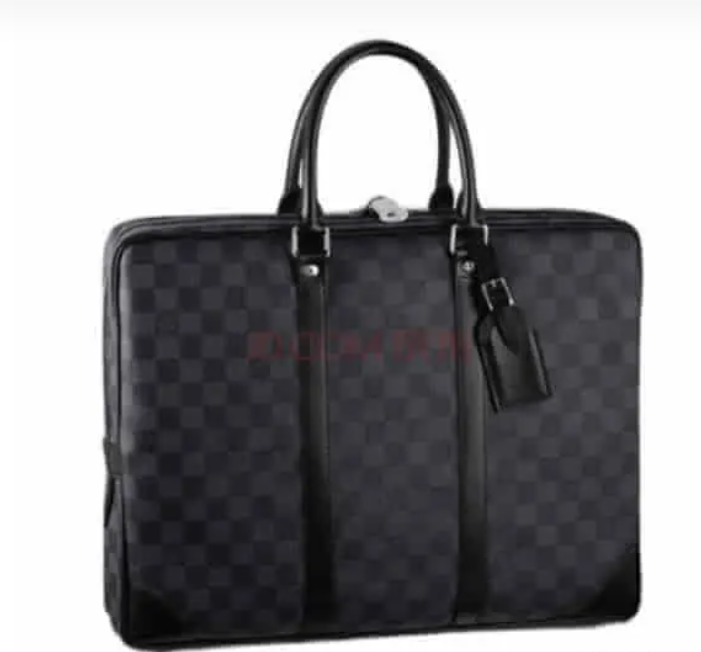 .
.
1 Return mediocrity to mediocrity
The German Court of Justice of the European Union gave LV the reason for the ruling: "the trademark is too simple and lacks distinctive characteristics." The court said that for LV to win the case, it must prove that consumers in every EU country can immediately think of the LV brand when they see the checkerboard, but this proof is obviously not successful. The court also held that the LV diamond lattice was only a pattern in the daily life of ordinary citizens, rather than a sign with natural "trade" attributes. LV had said that the checkerboard used by the brand was "special and complex", but the court rejected this argument.
The ruling means that Louis Vuitton will lose the right to protect its iconic pattern, and the diamond check pattern will be widely used by competitors and even copycat manufacturers, ultimately causing a brand image crisis.
Since the birth of LV's diamond checkerboard in 1896, from tens of thousands of yuan boxes to thousands of yuan wallets, this checkerboard checkerboard pattern has become a symbol of LV, and is also a reflection of luxury logotype. Driven by the publicity of LV's various channels, the diamond lattice soon spread to the copycat goods in various countries, and ordinary consumers can also afford to buy bags similar to LV. In order to curb plagiarism, the LV Group has a dedicated team to deal with counterfeits and prosecute counterfeits worldwide.
2 Luxury trends
Obviously, even if the LV rights protection team, which is tired of prosecution, can recover the compensation, it has been unable to recover the downward trend of the luxury market. The entire luxury industry is changing, related articles: "Chanel to do e-commerce price cuts, luxury domino effect began" (reply to "chanel" to get the article), "Brand transformation is difficult as chestnuts, how to do Coach?" (Reply to "coach" for the article) has also been discussed.
LV is one of the earliest luxury brands respected by China's nouveau riche. Its overdrawn iconic design has made its positioning in the eyes of consumers deviate from the original intention of the brand. When the iconic design of the brand has become a common element in the market, it has actually lost the luxury brand value.
In the era of mobile Internet, where personalized brands emerge endlessly, the luxury market has begun to show a flagging shape. According to a report published by the Financial Times in April, only 18.8 percent of respondents in China's first-tier cities (including Beijing, Shanghai, Guangzhou, Shenzhen, etc.) said LV was their first choice for luxury goods, while the figure was 38.8 percent in second - and third-tier cities.
In the survey of 1,227 foreign travelers, only 10.7 percent of respondents said they bought LV products on their most recent trip, down 15.5 percent from 2014. It can be seen that when a thing is too popular, it also indicates that it will be derived from the phenomenon of resistance and even aversion.
In 2012, Christian Louboutin sued YSL for infringement of its red-soled shoes trademark (Christian Louboutin's red-soled shoes trademark was registered in 2008, and the brand used to show its vulgar design with red soles). However, the court ruled that "brands should not use a single color as a registered trademark", and ultimately rejected Christian Louboutin's appeal.
Although Christian Louboutin finally won the final appeal, it is obviously not wise for luxury goods to trademark a single shape and design. Even if the continuous appeal to obtain legal protection, but compared with the damage to the image in the eyes of consumers, the latter is the brand to try to save.
